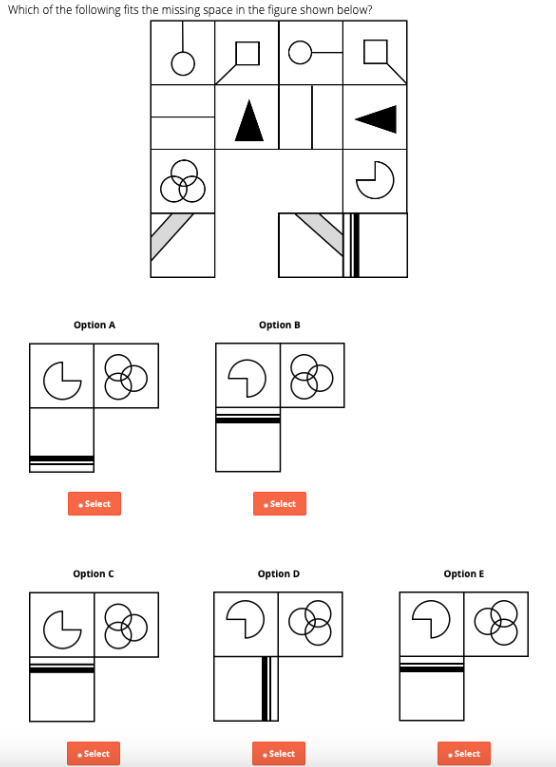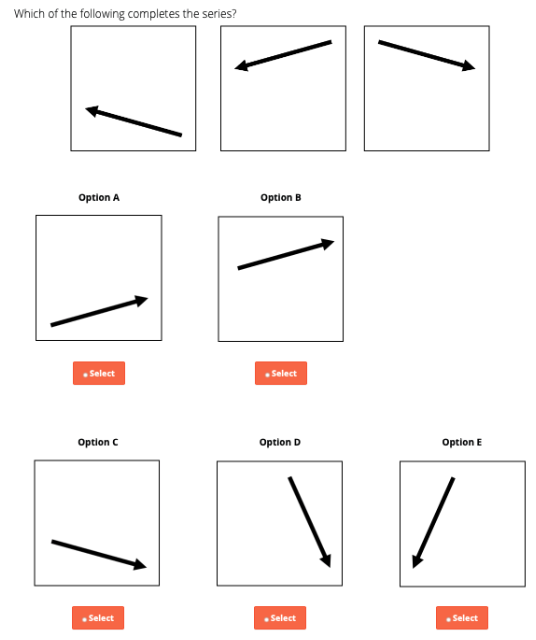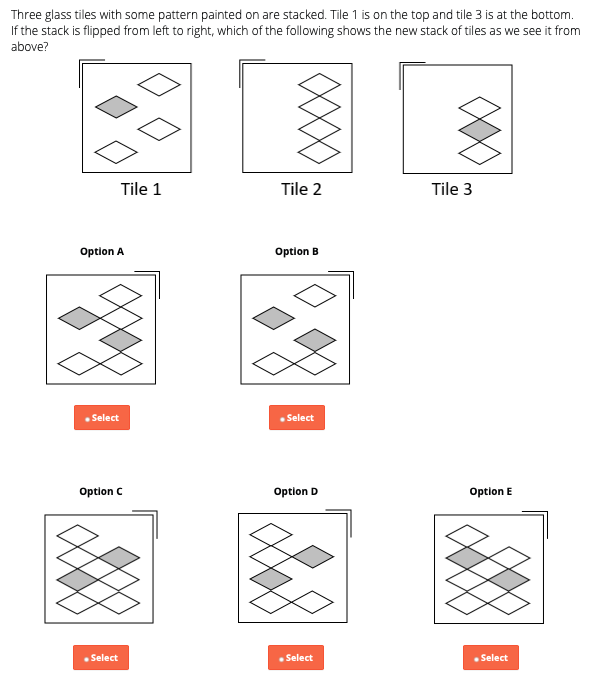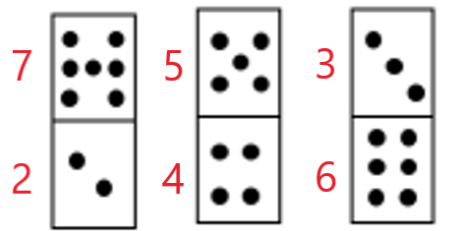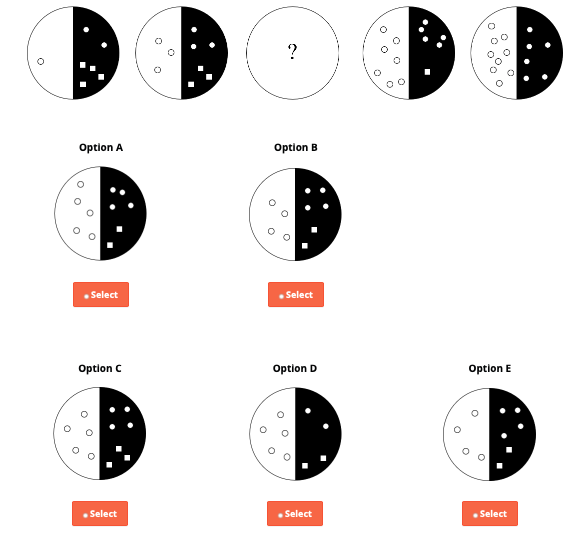It doesn't matter how bright you are, an abstract reasoning quiz can easily make anyone freeze on the spot.
Just look at the sample question below:
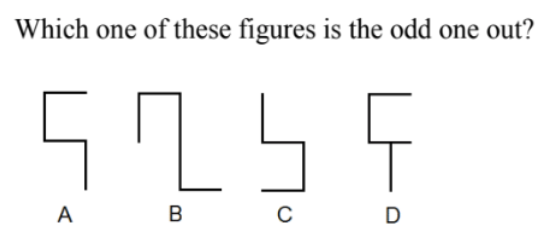
There's a good chance you've never even dealt with these kinds of problems before - which is precisely why so many job seekers, students and graduates struggle with abstract reasoning tests.
Contrary to other aptitude tests such as numerical and verbal reasoning, abstract reasoning questions require you to deal with shapes, images, and graphic elements rather than words or numbers.
So why do we need non-verbal psychometric tests in the first place?
The purpose of an abstract/non-verbal reasoning test is to show how well you solve visual problems, how fast you identify patterns as well as think strategically and creatively when dealing with unfamiliar information.
You're likely to get tested in non-verbal reasoning aptitude when:
- applying for a job (e.g. Defence Force and Police test)
- trying out for a gifted education program (GEP and GAT screening in Singapore).
- seeking entry into a selective or elite private school (like NSW HSPT & WA GATE in Australia, Ukcat and 11 plus assessment by CEM & GL in the UK)
- competing for a scholarship (ACER and Academic Assessment Services in Australia)
If you're sitting one of the above exams soon, it's a good idea to take an abstract reasoning test to see how you’d score. Check out our test bank trial for free non-verbal reasoning practice online.
Regardless of the exam type, most abstract reasoning subtests are multiple-choice and are time restricted – with an average of 30 seconds/question.
The difficulty grows with age groups. Non-verbal reasoning tests for 9 and 10-year-olds in Year 6 might be more lenient in terms of time than exams tailored for 13-year-olds. Whereas job seekers and graduates will have to deal with a time limit sometimes as short as 20 seconds/question.
If you want to stand out from the crowd and gain a significant advantage in life, you need to do well in your abstract reasoning test.
And there is only one secret to doing well in the non-verbal / abstract reasoning test – smart preparation.
